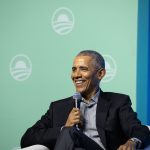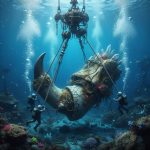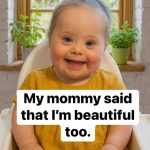Plaque Depicting Pharaoh Tutankhamun and Queen Ankhesenamun

Plaque Depicting Pharaoh Tutankhamun and Queen Ankhesenamun
This exquisite plaque, adorning the lid of a coffin discovered in Tutankhamun’s tomb in the Valley of the Kings, Luxor, depicts a tender scene between Pharaoh Tutankhamun (r. 1332–1323 BC) and his Great Royal Wife, Ankhesenamun.

Queen Ankhesenamun was a royal figure of the 18th Dynasty of ancient Egypt, best known as the wife of Pharaoh Tutankhamun. Her name means “She Lives for Amun,” reflecting the restored worship of the god Amun after the religious upheaval of her father, Akhenaten, who had promoted the worship of the Aten, the sun disk. Ankhesenamun was born as Ankhesenpaaten, the daughter of Akhenaten and Queen Nefertiti, and likely grew up in the royal court at Amarna during one of the most turbulent periods in Egyptian history.

When Tutankhamun became pharaoh at a young age, Ankhesenamun married him, and together they helped reinstate Egypt’s traditional gods and temples. However, their reign was short-lived; Tutankhamun died unexpectedly around the age of nineteen. After his death, Ankhesenamun’s fate became uncertain. Historical evidence suggests she may have attempted to secure her position by writing to the Hittite king Suppiluliuma I, asking him to send one of his sons to marry her—an extraordinary act for an Egyptian queen, revealing her vulnerability and desperation.
The outcome of this plea is unclear, and Ankhesenamun eventually disappeared from the historical record. Her tomb has never been definitively identified. Yet, her story remains one of mystery and intrigue, symbolizing the fragility of royal life and the political turmoil that followed the death of Egypt’s boy king, Tutankhamun.











